Small entities, big impact: the surprisingly sized world of sustainable development
27 April 2020

When it comes to innovation in green technology, it is not just the major corporations that are making the difference. “While they may be dominant in go-green related patents, a lot of smaller entities are also working on technologies that could have a significant impact on our planet,” says David Dickens, senior technical support engineer at Anaqua. “Indeed, using Anaqua’s patent search and analytics tool, AcclaimIP, it is clear that small entities - based on the USPTO definition - are having an outsized impact on the planet and our environment.”
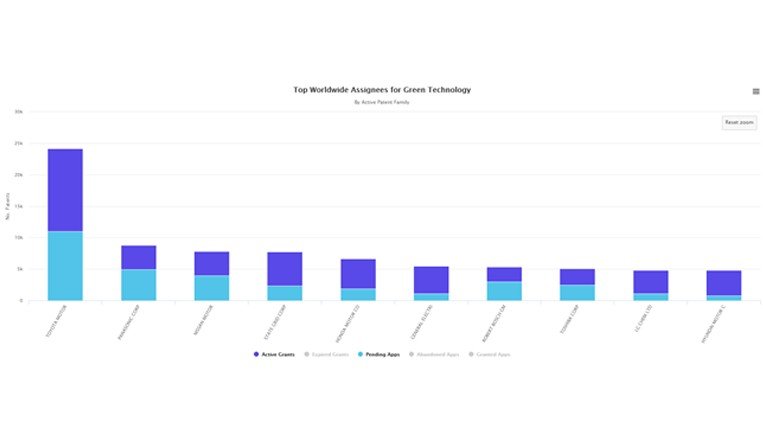
With World IP Day 2020 celebrating the theme of a greener future, the following are some highlights of the many important contributions small entities are making today. This is based on organizations filing go-green related patents in the US (with the search using established Cooperative Patent Classification CPC search terms for Climate Change: Y02 and Y04S).
Academia leads the way
This patent space is dominated by both the US and international universities, with the University of California leading the way with 489 total patents - including active and pending. South Korea’s Electronics and Telecommunications Research Institute comes in second with 247 (active/pending) patents, and Xyleco, a privately held scientific research and manufacturing company, is third with 228.

Some investments are in areas where there is both a large tech infrastructure and clear effects of changing climate, Dickens says. “Seoul, for example, has more than 225 years’ worth of precipitation records, with the Cheugugi demonstrating likely the longest continual instrumental rainfall collection in the world. In recent years, South Korea has seen a dramatic increase in heavy and torrential rain events.”
At the same time, the country has historically relied on imported fossil fuels for a significant part of its energy consumption, he says. “The duality of economic and environmental pressures combined with active government leadership and a large tech industry make it an interesting and likely hub of CCMT innovation.”
For more general markets, one of the more popular and interesting green-related spaces is the area of nanotechnology, he adds. “Broadly, this includes a vast range of applications and technologies that can be used to combat climate change, from improvements to battery and battery storage efficiency to more powerful solar panels and even stronger filters for water treatment and desalination and capturing greenhouse gasses.”
When taking a look at all patents in which nanotech is used to combat climate change, we find that small entities account for almost half (41 percent) of the inventions, playing a big part in the space, he says.
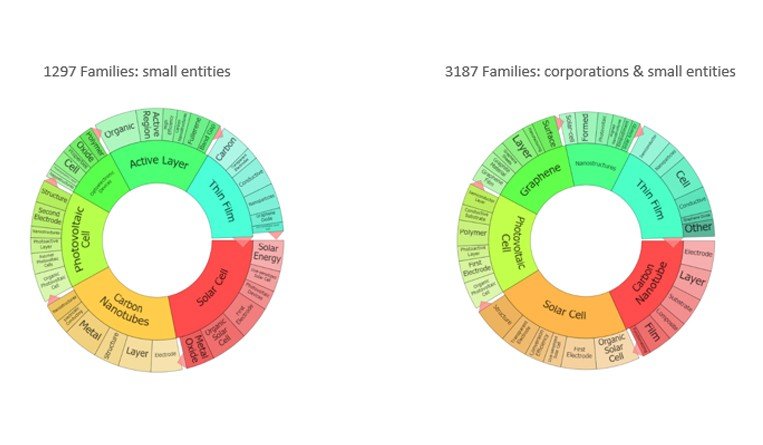
The top three players in the space are the University of California, South Korea’s Electronics and Telecommunications Research Institute and Xyleco.
1: University of California’s growing green patent portfolio
The University of California is putting out significant research and patent information in a variety of realms, including chemical development, nano-manufacturing, microorganisms and enzymes, vaccine development and support, and new applications of peptides. Uses of these patents are extending beyond research and into product development, especially for batteries, solid state and semiconductor devices, and their related equipment.

Many of these areas deal with very small structures and developments, reducing energy consumption and improving the life associated with manufactured goods, organic compounds, and green biologic applications, he adds. “However, the university is also engaged in large-scale application and use of its knowledge to tackle some green concerns that are easier to see in our daily lives.”
One interesting application is for a wind turbine (patent # US9228564B2) designed for use in urban and suburban environments. “This patent demonstrates the construction of a unit that could limit some of the noise, structural vibrations, cost, and safety concerns that prevent wind power usage in these settings,” he says. “It also would generate an increase in overall power production via smart inflation chambers, while avoiding risks due to high winds through exterior drag vanes.”
It gets more interesting when paired with University of California’s patent, US10065520B2, which provides a method for optimizing electricity usage from an electric grid, specifically supporting high-demand profiles like charging stations for plug-in electric vehicles, he adds.
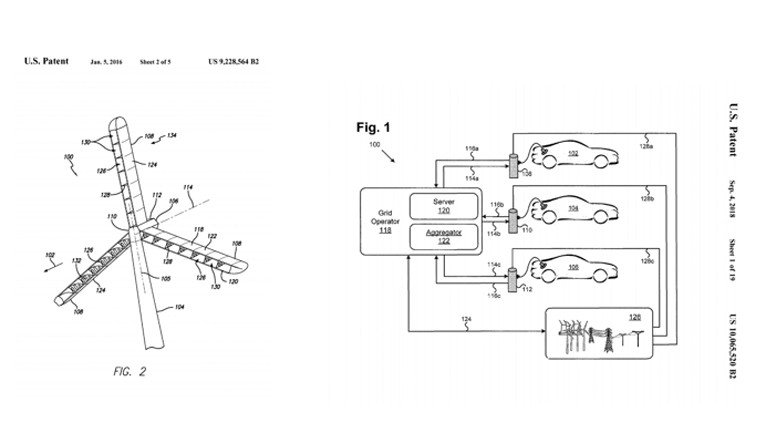
Since the start of AcclaimIP’s annual end of year USPTO Patent Report in 2017, the University of California continues to have the most amount of patents granted than any other university in the world, ranking it #1 for most innovative universities. University of California continues to grow its list of accelerators, incubators, and other patent-related resources.
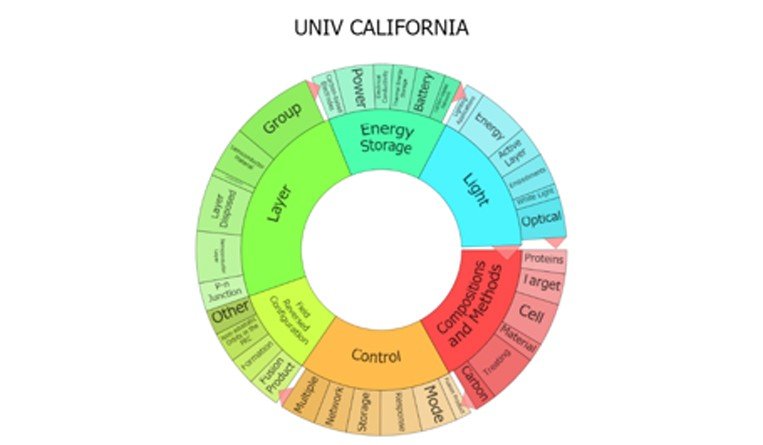
2: South Korea ETRI expands in the green space
The Electronics and Telecommunications Research Institute is a South Korean government-funded research institution in Daedeok Science Town. Its areas of research focus significantly on communications and electronics technologies, including wireless, broadcasting and convergence applications, he says. “In the green space, this often means doing much more with less, such as new photophilic elements that will speed up tomorrow’s data centres while helping them control costs even as the number of applications and users scales.”

In the AcclaimIP patent review, ETRI presents some exciting developments for green technology. One patent—US9280204B2 — details an eye-tracking system that would be paired with a powered screen to display information to the user as well as helping them interact based on where they look. Pairing this with battery systems could lead to a display that not only provides users with relevant information but also does not draw power for the display unless someone is actively engaged.
If that power system was the one covered in another ETRI patent—US9608438B2 — the overall design would include “an inverter system capable of more economically and efficiently performing photovoltaic power generation.”
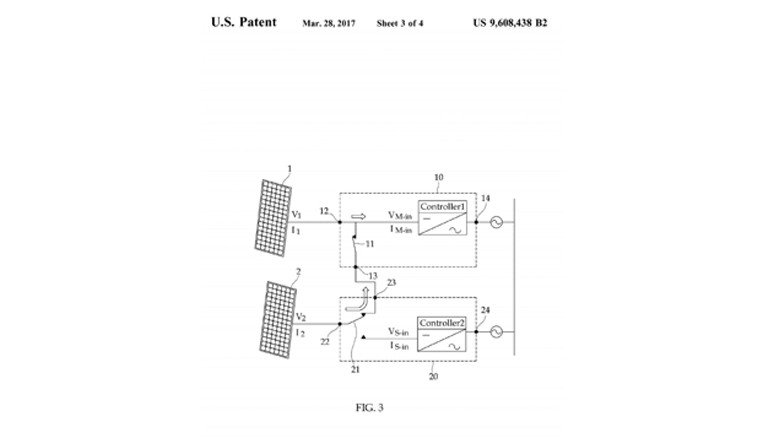
These are just some of the many patents from the ETRI that will likely play a role in how the world moves green, through smarter and lower-impact new methodologies as well as improvements to established equipment and technologies, he adds.

3: Xyleco and greener fuels
Rounding out the top three is Xyleco, a privately held scientific research and manufacturing company that has more than 5,500 patents and patent applications in 100 countries. Much of the company’s efforts focus on the conversion of biomass into other useful products, such as cellulosic ethanol. Also included in its “green” patents are efforts to increase hydrocarbon recovery from shale.

One patent application that catches the eye is US2014/0287469A1 which describes how biomass feed stocks from plants, animals, and municipal waste can be processed into useful products including fuels. This patent is for a system designed to separate solids and liquids in biomass slurries, making it easier to process and to manage viscous liquids.
At the same time, the company’s US10273416B2 patent discusses methods to process biomass and produce fuel alternatives such as ethanol and n-butanol.
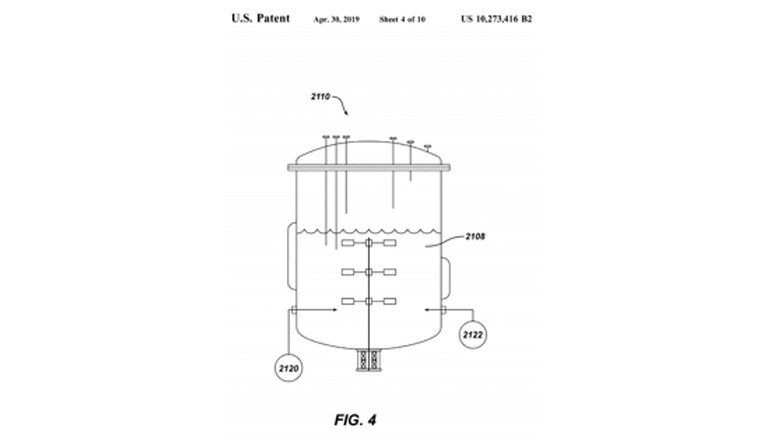
With its patents, Xyleco is helping to provide a solution in the green space that addresses the role of fossil fuels in climate change, he says. “Biomass is readily available and could be a core area of application for global reductions in emissions as well. According to the Environmental and Energy Study Institute, advanced or cellulosic biofuels can reduce emissions by 100% when compared to gasoline.”
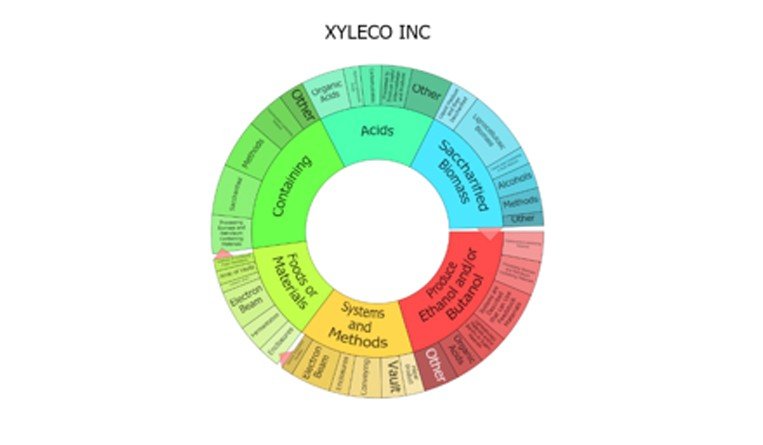
World IP Day 2020 is about tomorrow
Reviewing recent patents and established technologies in green innovation, this World IP Day gives us hope. There are countless companies, universities, and research establishments working hard to make our environment and our world better for the future, he adds.
“Small companies and universities are just as engaged as large corporations, ensuring that the power to enact positive, meaningful change can rest in all of our hands.”
Johnny Chan


